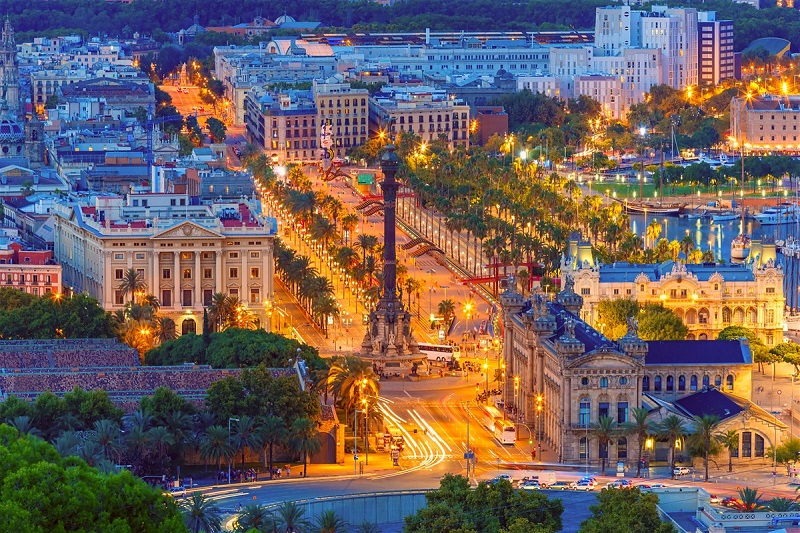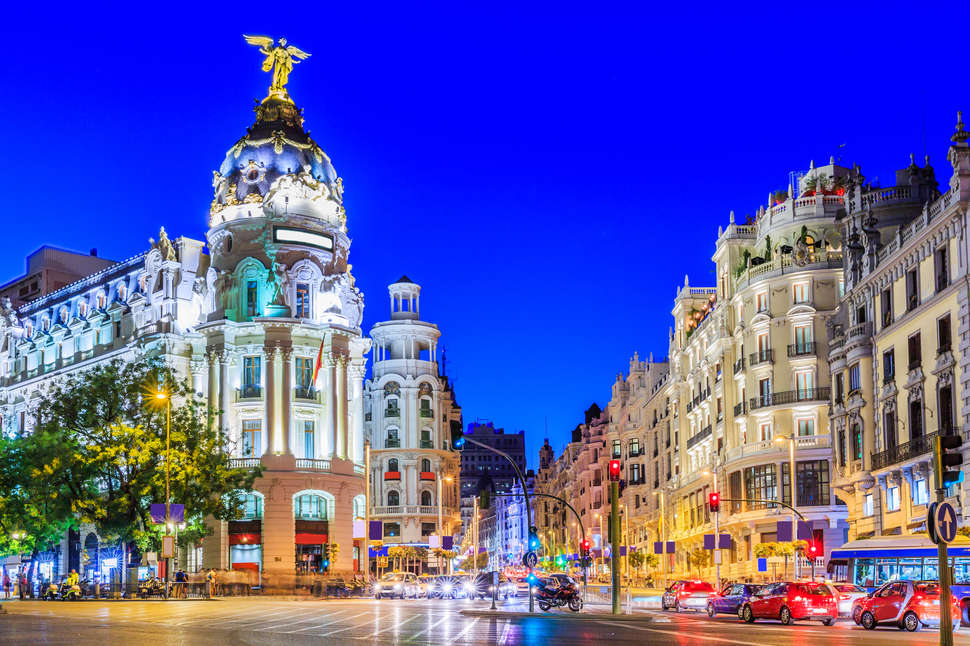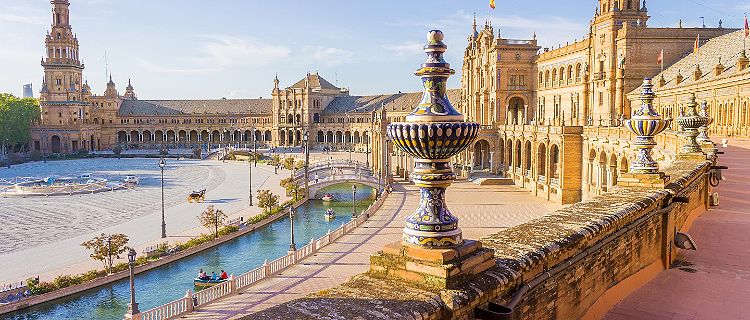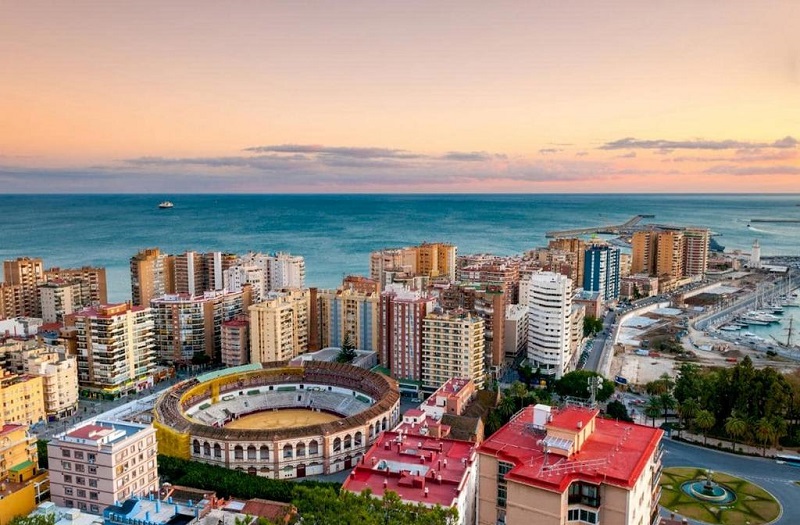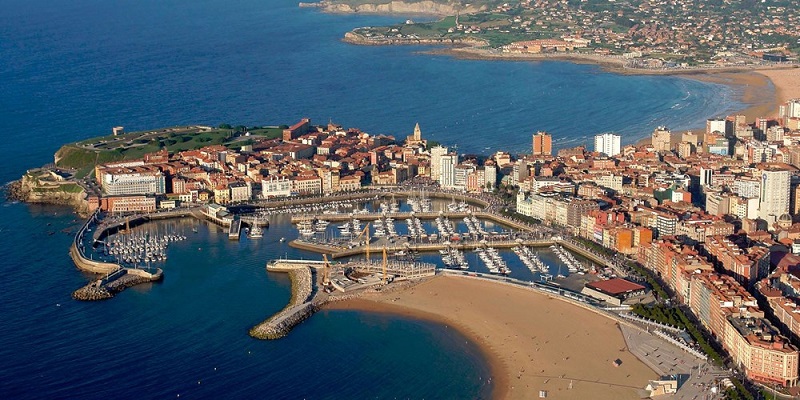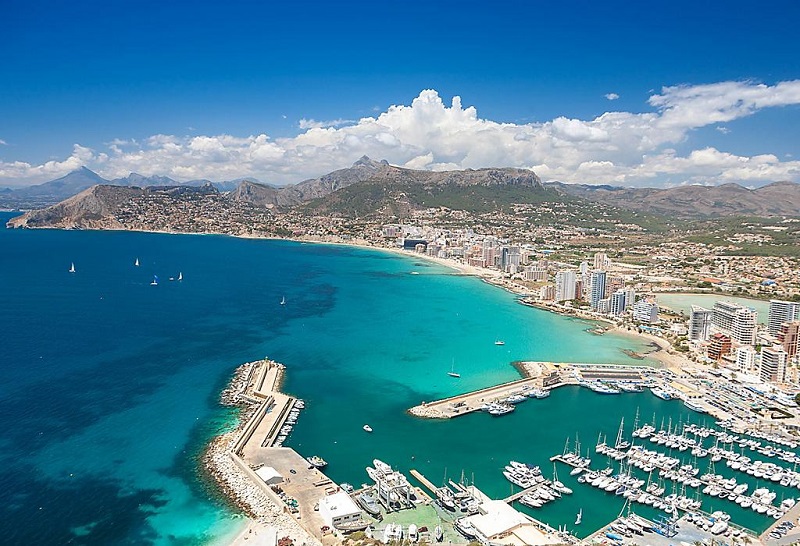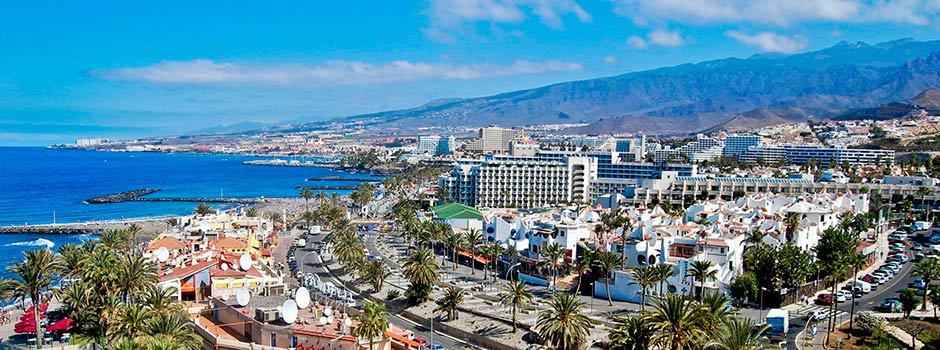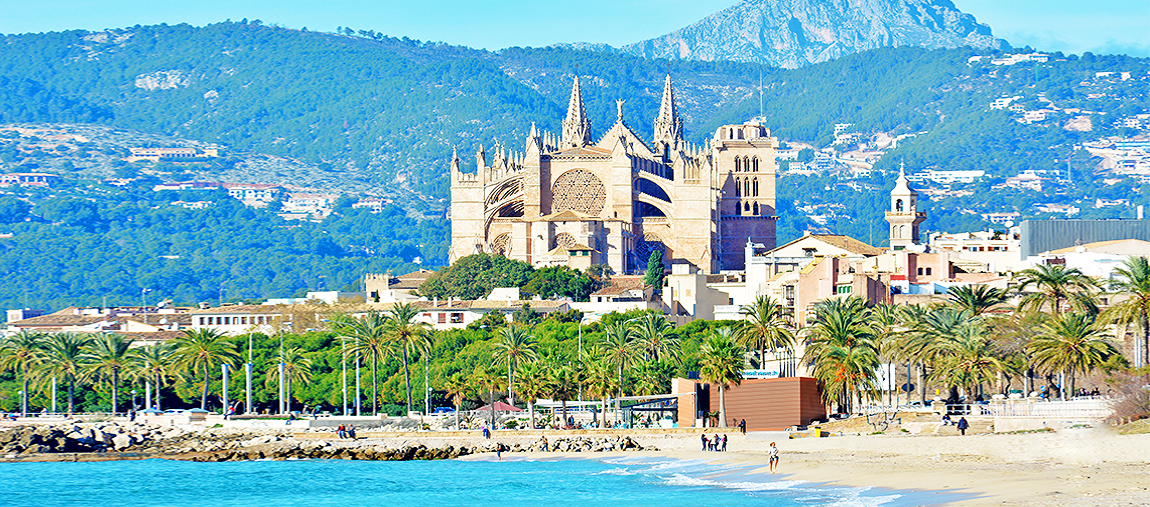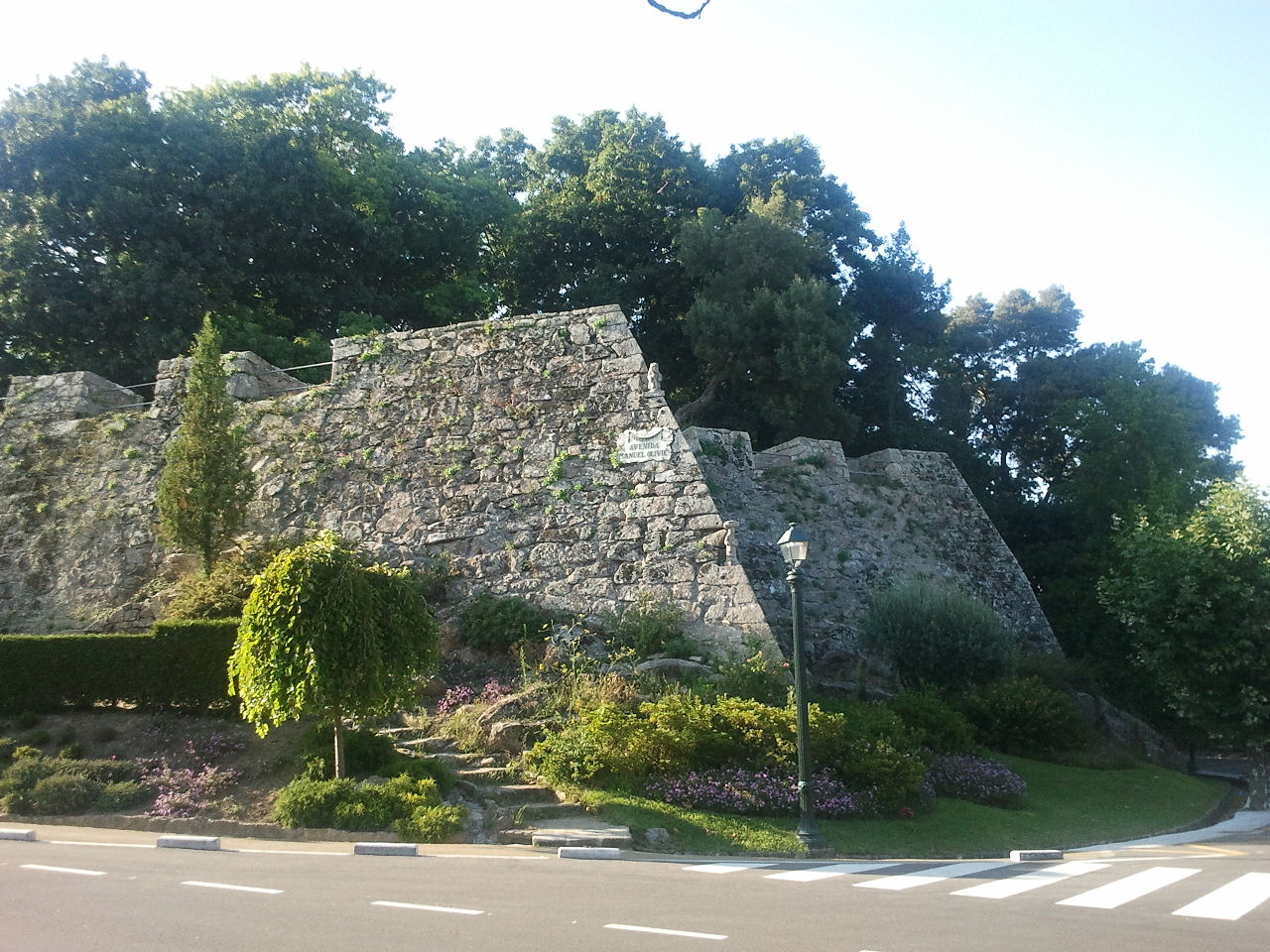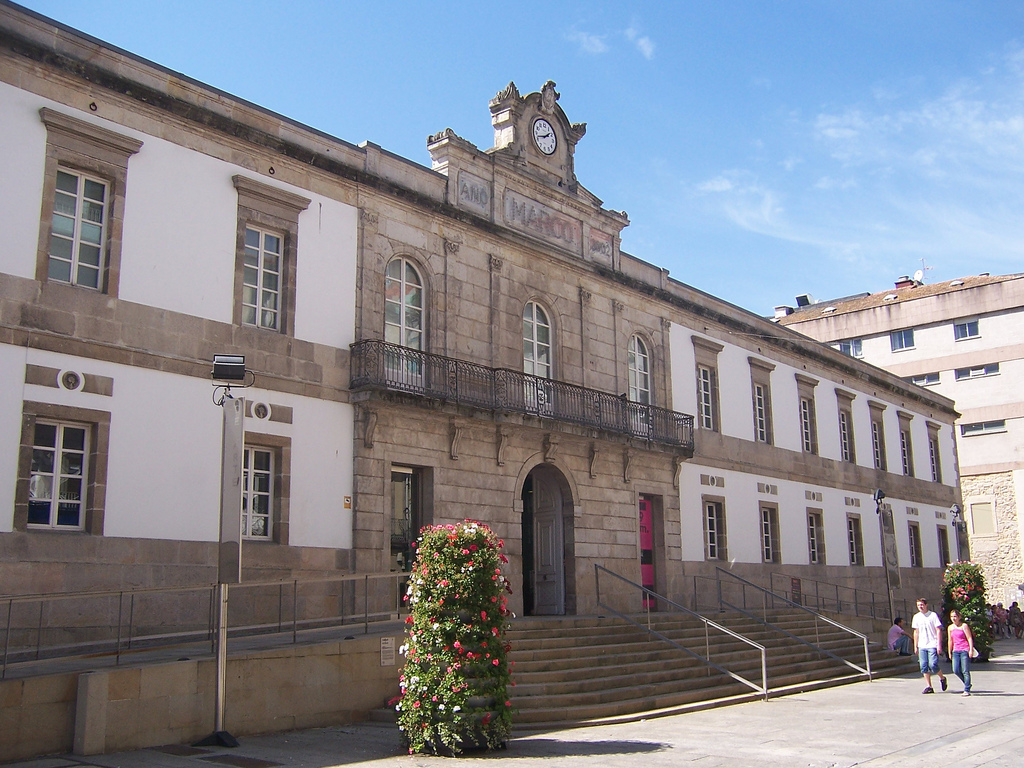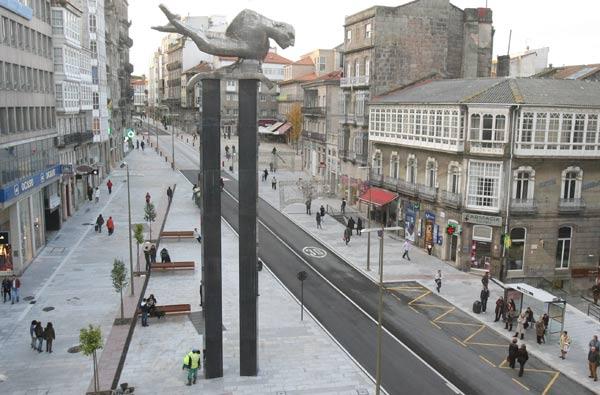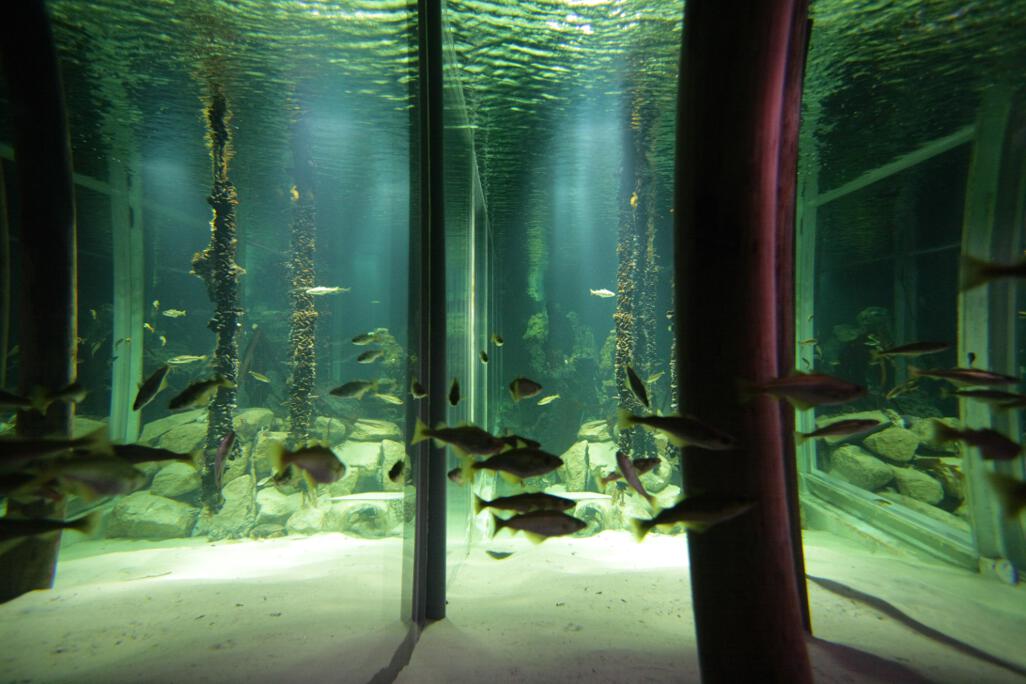Vigo is a city and municipality adjoining the Atlantic Ocean in the province of Pontevedra in Galicia, northwest Spain. It is the capital of the county of Vigo and Vigo metropolitan area. Vigo is the most populous municipality of Galicia, the 14th in Spain, and the most populous Spanish municipality that is not a provincial capital. It has an area of 109.06 km2 (42.11 sq mi) and population of 300,000. Vigo city is located in the southwest of Galicia, in the southern part of Vigo Bay, one of Europe's rainiest areas. In the northeast, it borders the municipality of Redondela; in the east, Mos; in the south, O Porriño and Gondomar; and in the southwest, Nigrán. On the other side of its bay are the municipalities of Cangas and Moaña. They are all part of the southern Galician region called Rías Baixas. Vigo is just north of the border with Portugal; its nearest larger city is Porto, Portugal's second-largest city. Vigo and its metropolitan area are one of the region's primary economic agents.
Vigo is characterized by a diversified economy linked to the fishing sector, industry, trade, tourism and services. It is often considered the economic and industrial engine of Galicia. Significantly, Vigo was the municipality with the highest GDP in Galicia in 2013. Vigo is the leading industrial area in Galicia, with car factories, shipyards, and auxiliary industry in both automotive and marine sectors. Situated in Vigo is Galicia's leading employer, French factory PSA Peugeot Citroën since 1958, which in 2007 produced a total of 545,000 vehicles, of which more than 82% were sold outside Spain. In addition, Vigo has the largest fishing port in Europe and is the home port of the world's largest fishing company, Pescanova and the most important centre of the Galician canned fish industry. The headquarters of the European Fisheries Control Agency are also located in the city. Vigo is also a major stop on the Portuguese Way path of the Camino de Santiago.
The municipality of Vigo is not only one of the major industrial cities in Galicia, but it is also one of the more important Roman centers of Pontevedra. Although within the city one will not find much Romanesque architecture, it can be seen a few kilometers away from the city center. In many of the municipality's neighborhoods and parishes a large number of Roman ruins remain. Such is the importance of the Roman remains in Vigo that many Spanish authors have come to coin the term Romanesque Vigo (románico vigués in Spanish). Vigo retains some interesting examples of Romanesque churches in southern Galicia: Santa Maria de Castrelos, Santiago de Bembrive, San Salvador de Coruxo...
| Spain VIP services |
|---|
|
![]()
![]()
![]()
![]()
| Start Site | Spain jet charters | Spain helicopter service | Spain yacht charter | Spain luxury cars rental |
|---|
Welcome to Vigo, Galicia, Spain

Vigo - Welcome to Spain
Tourism in Vigo
Vigo Airport (IATA: VGO, ICAO: LEVX) is 10 km (6.2 mi) east from the centre of Vigo and 28 km from the centre of Pontevedra (the capital of this province), and is situated in the municipalities of Redondela, Vigo and Mos, in the Province of Pontevedra, Spain.
No visit to Spain is complete without a visit Vigo the capital city of the province of Pontevedra in Galicia, northwest Spain. The mouth of the nearby Vigo Estuary is sheltered by the Cíes Islands, which form part of the Atlantic Islands National Park. The Cíes are known for their rich birdlife and crescent-shaped Rodas Beach. The city’s old quarter is home to the neoclassical Church of Santa María. The Castro de Vigo (Castro fortress) archaeological site has reconstructed ancient dwellings, Museum of Contemporary Art... So pack your bags and grab your passport because you’re going to want to book a flight to Vigo!

Vigo VIP services
travel with pleasureVigo, Pontevedra 36200, Spain
ALL OVER Spain Vigo VIP services

E-mail: contact@vip-charter-service.com ; Telephone 24/7:+389 72 788 267; Vigo airport
Best price range for Best VIP services offers a variety of services in Vigo:
-
Vigo luxury car rental services
-
Vigo luxury rent a car: Personalized one-on-one instruction on your vehicle’s features by our trained staff.
-
Vigo luxury cars hire categories of new vehicles equipped with the latest technology.
-
Vigo luxury cars rental: 24/7 Roadside Assistance (towing, lockouts, jump-starts, and fuel-delivery)
-
-
Vigo private jet charters hire services
-
Our priority is your contentment: Fast and friendly customer service is our highest priority.
-
Once you reserve your Vigo private jet charter flight, we handle all ground transportation at your destination.
-
Empty Legs Vigo: negotiable prices based on airplane flexibility, savings of up to 75% on standard jet charter prices.
-
-
Vigo helicopter charter services
-
Vigo helicopter charter prices are unbeatable because many of the services we offer are FREE of CHARGE.
-
Vigo helicopter charter flights, business flights to hire all over Spain.
-
Vigo luxury helicopter charter, with 100% privacy. Vigo VIP helicopter service!
-
| Site Map | Terms & Conditions | Policy | Partner Links | W3C | Contact us | Spain |
|---|

| Vigo VIP services |
|---|
Bienvenido a Vigo - España
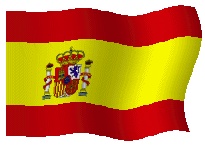

Vigo private jet charter

Vigo helicopter service

Vigo yacht charter

Vigo luxury cars rental

 Gran Hotel Nagari Vigo |
|---|
